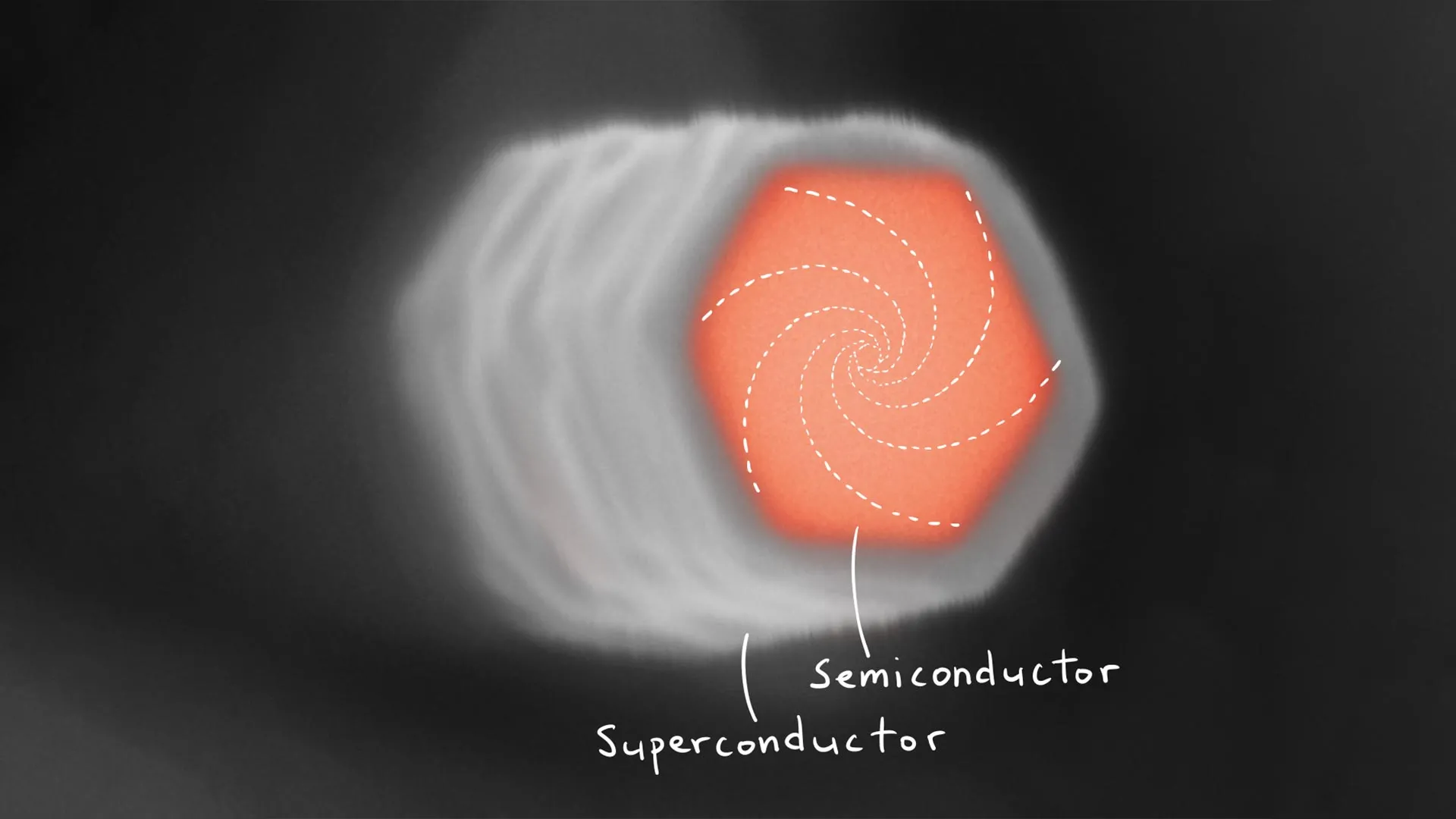Scientists crack a 60-year-old quantum mystery
- Date:
- August 25, 2025
- Source:
- University of Copenhagen - Faculty of Science
- Summary:
- Physicists have built a novel superconducting platform that mimics hidden vortex states once thought unobservable. Their "backdoor" method overcomes experimental limits, letting them control quantum behavior on demand. The discovery could pave the way for powerful quantum simulators.
- Share:

Researchers from the Niels Bohr Institute, University of Copenhagen, have created a novel pathway into the study of the elusive quantum states in superconducting vortices. The existence of these was flouted in the 1960s, but has remained very difficult to verify directly because those states are squeezed into energy scales smaller than one can typically resolve in experiments.
The result was made possible by a combination of ingenuity and the expanding research in designer materials created in the labs at the Niels Bohr Insitute. It is now published in Physical Review Letters.
Synthetic superconducting vortices -- finding a "backdoor."
Instead of trying to observe the elusive states in their original setting, the researchers, led by a professor at the Niels Bohr Institute, Saulius Vaitiekėnas, built a completely new material system that mimics the conditions.
Like using a clever backdoor, they bypassed the original limitations by designing a tiny superconducting cylinder and applying magnetic flux to recreate the essential physics.
"This setup allows us to study the same quantum states, but on our own terms," says Saulius. "By designing the platform ourselves, we dictate the rules."
Studying the elusive states is basic research -- but where does it lead?
In a growing and very competitive research landscape in quantum, this work demonstrates the versatility of the semiconductor-superconductor platform to realize and study new types of quantum states.
And the semiconductor-superconductor platform in itself is actually also a Copenhagen innovation from about a decade ago. "We actually came across these states serendipitously -- like many scientific discoveries. But once we understood what we were looking at, we realized it was more than a curiosity.
It turns out that they could be useful for building hybrid quantum simulators, which are needed to study and understand complex future materials," Saulius explains.
Story Source:
Materials provided by University of Copenhagen - Faculty of Science. Note: Content may be edited for style and length.
Journal Reference:
- M. T. Deng, Carlos Payá, Pablo San-Jose, Elsa Prada, C. M. Marcus, S. Vaitiekėnas. Caroli–de Gennes–Matricon Analogs in Full-Shell Hybrid Nanowires. Physical Review Letters, 2025; 134 (20) DOI: 10.1103/PhysRevLett.134.206302
Cite This Page: